A brief excursion into an enchanted landscape. Vast scenery, a splendid natural world and ancient archaeological remains.
Duration: 3 hours round trip, but starting from the end of the paved road is around one hour less.
Difference in altitude: 110 m from the end of the paved road, if you start from the main road 220 mt.
The start: along the main the road, right above the beach of Cavoli, turning into Bollecaldaia (indicated by a sign on the road).
The first stretch is 600 mts, it is a steep climb on a paved road where cars pass, Go past the Residence “Le Formiche”, continue until the end of the paved road and you can park near a private home which marks the beginning of the footpath itself, well indicated by wooden signs.
Before you start down the path I highly recommend a short detour, no more than 300 meters to visit La Nave (the ship). It is a half worked block of granite, probably Pisan (maritime republic, a thousand years ago!), which was designated to be fountain, but for some unknown reason remained unfinished. It is located at the end of a wide path, indicated by a sign at the end of the paved road. Near it you’ll notice a small partially destroyed granite bridge, this is more recent, and is a result of the flood that hit the island in 2001.
Although the trail is short, due to the southern exposure and the very few tall trees, I do not recommend this route in summer: this is one of the hottest and sunniest areas of the island, so not surprisingly nearby lies the small village of Seccheto …
The vegetation that you find is typical growth which develops in a very dry climate after the huge fires which occurred here twenty years ago: herbaceous and fragrant shrubs, garrigue and maquis, wild lavender, heather trees, cysts, gorse, even some young holm oak trees. But what is immediately evident from the path and stone walls, is that until a short time ago there had to be some form of cultivation, especially grapevines.
Despite the first impression of an extremely arid environment, the unique granite rock where we stand, characteristic of this part of the island and where the seasonal streams which the Elbans call “fossi” flow. Don’t underestimate these streams however, as for countless centuries they have been the vital veins of a subsistence economy. As a witness to this reality today, just above our route, you can see the silhouette of an old water mill (Moncione) which was working until the early decades of the last century.
My advice is to stay close to these streams to listen, whenever there is the sound of water and observe the strange tree frogs that live and reproduce there. Strange because unlike other frogs on the island of Elba, in this area do not display a green coat but appear with small grayish green speckles. Clearly, the Darwinian theory of natural selection of the species here has found a practical application: the land on which the frogs move is granite, and gray in colour, so giving much more camouflage in the eyes of predators than the typical bright green. Although you have been busy for much of your excursion in quiet contemplation of this little archaic world, I would say that you have spent the time well.
The protagonist of our excursion, as you have guessed by now, is granite. This rock definitely dominates the landscape and we should visit some remains which could stimulate our interest. The first, which you will find after about 40 minutes from the start (of the path), is a sort of natural half cave and half-built by man. The truth is, it is a kind of mushroom like, big granite boulder around which stones are piled up like you do with dry stone walls. The result covers approximately 5/6 mts in length with a spectacular view over the sea. Whoever built this strange “Igloo”, has left gaps between the granite mushroom covered ‘natural roof, and the stones put together below. It isn’t the ultimate in comfort, but the view is unbeatable..
At about 100 meters from the shelter, and probably purpose-built, well indicated by wooden signs, is the ancient quarry of granite columns, some of which are still lying there, half hewn, they seem to be a thousand years old, like fossil ribs of giant prehistoric animals. You will find it surprising that the Maritime Republic of Pisa and long before that (second century AD. C.) the Imperial Rome, sent workers to such a remote location to get granite columns, but even now this area of Elba you can visit the small granite quarries which were in operation … for at least 2,000 years.
Given that they are at about 300 meters above sea level, it seems rather a problem to walk there, let alone hauling granite columns of a few tons. Therefore you will find it interesting to discover how they transported these objects from the panoramic place of excavation, down to the ship for loading near Cavoli beach. The “descent” was done with big “slides” of wood, controlled by strong ropes and powerful arms. Even the loading of the granite had to be carried out with scrupulous care, in the event of a storm the heavy blocks should not move within the ship, breaching this code could cause the sinking of the ship itself, as shown by the frequent wrecks of Roman ships in the sea of Pisa and the Tuscan Archipelago.
You can turn back on the same path, but you can also return via several trails that lead to San Piero and Vallebuia, if you want to make a diversion for a 100 mts you could see what remains of an old mill, also well indicated by a wooden sign which is located near an old ruin in the village. The view of this rudimentary mill makes you think about a simple economy that we have inherited which has its roots in myth and that has preserved the original features opening the doors of our century.

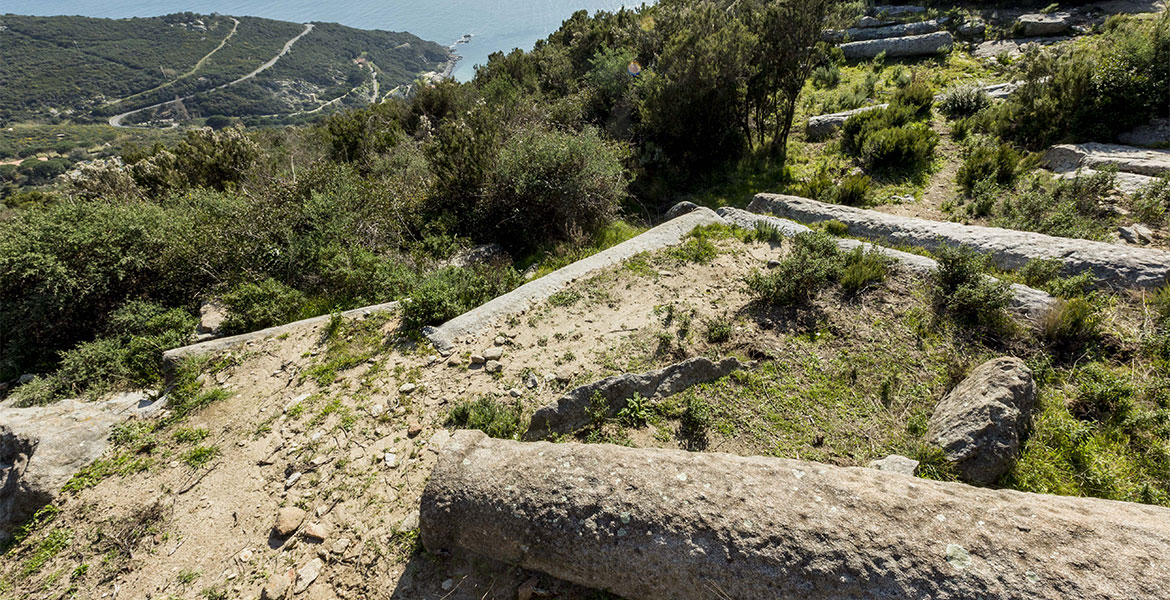
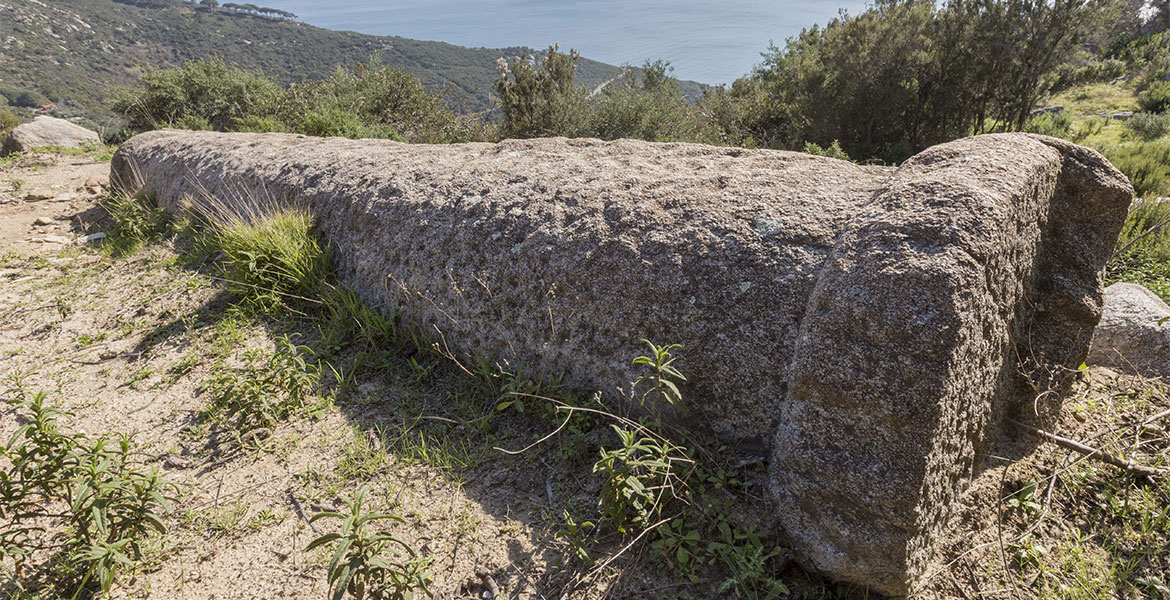
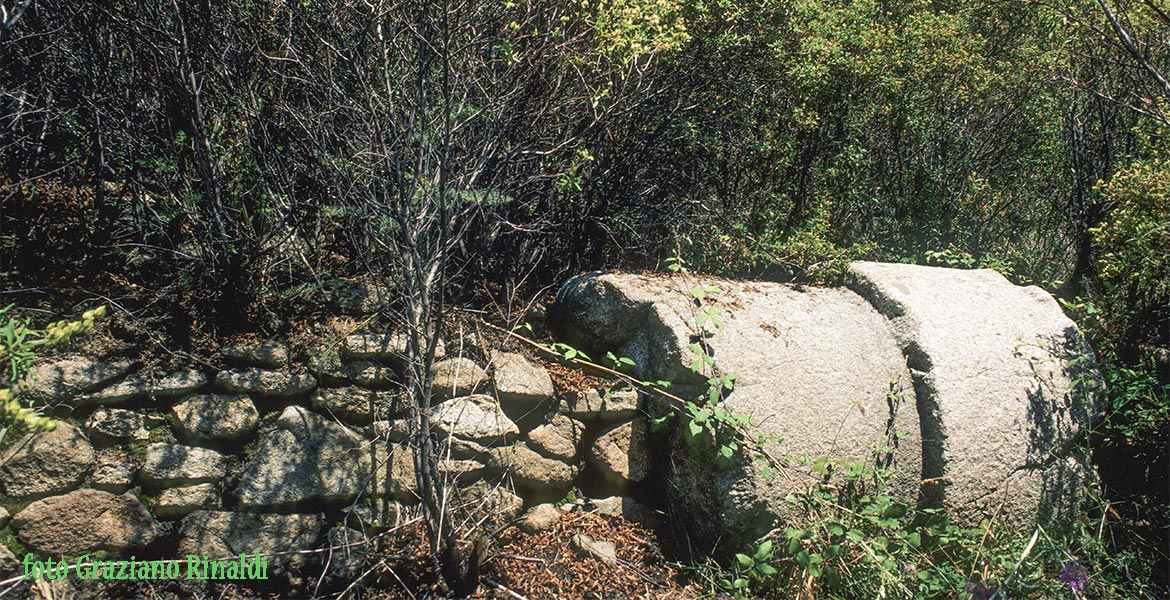
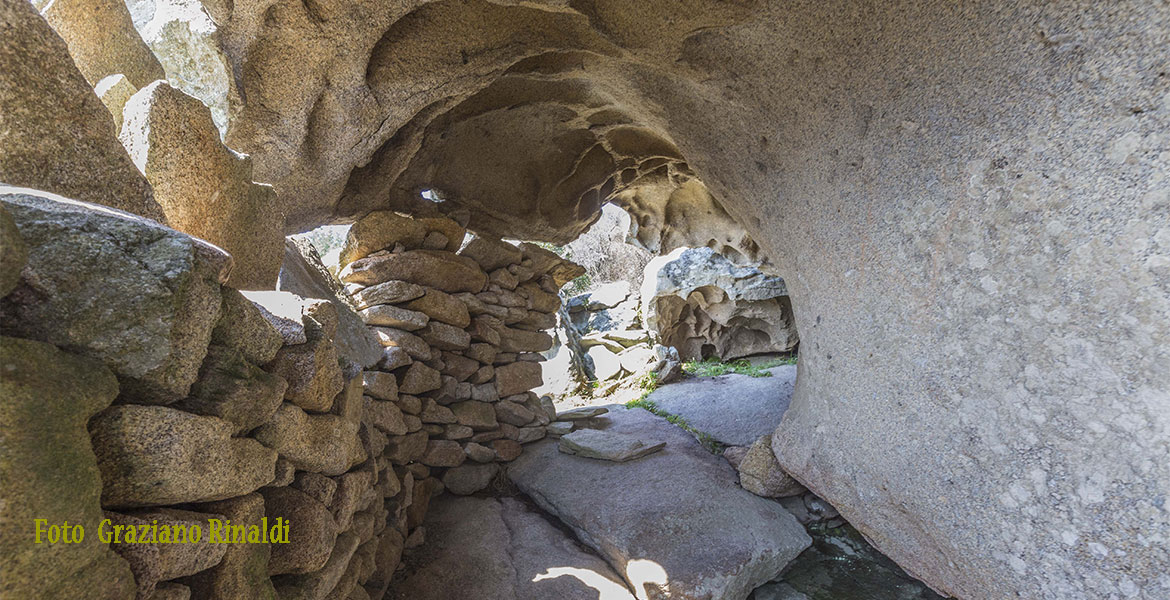
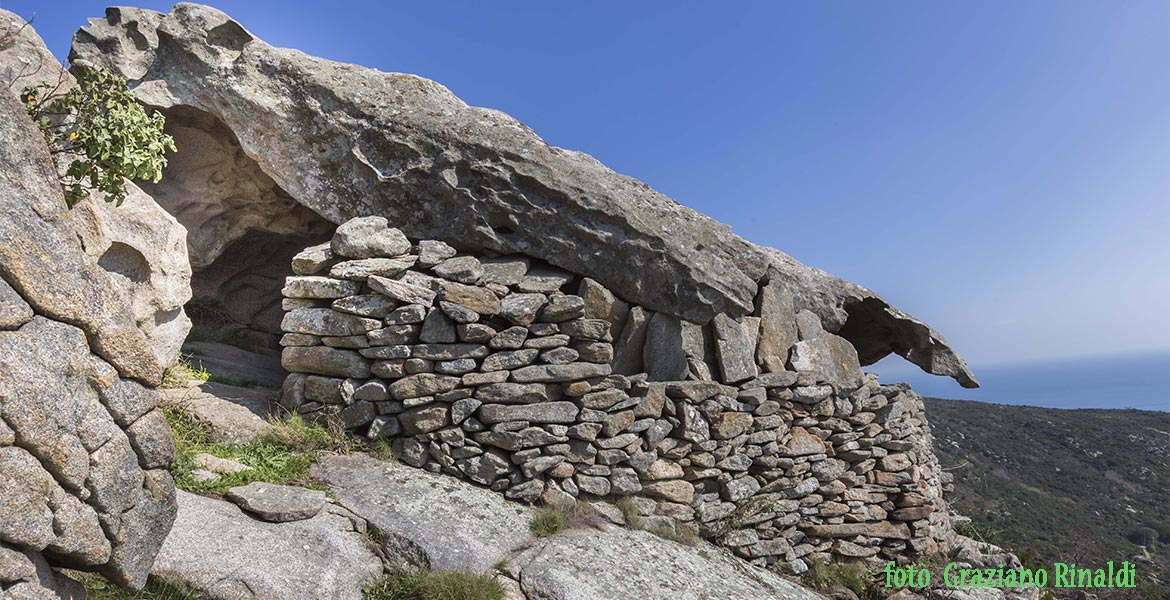
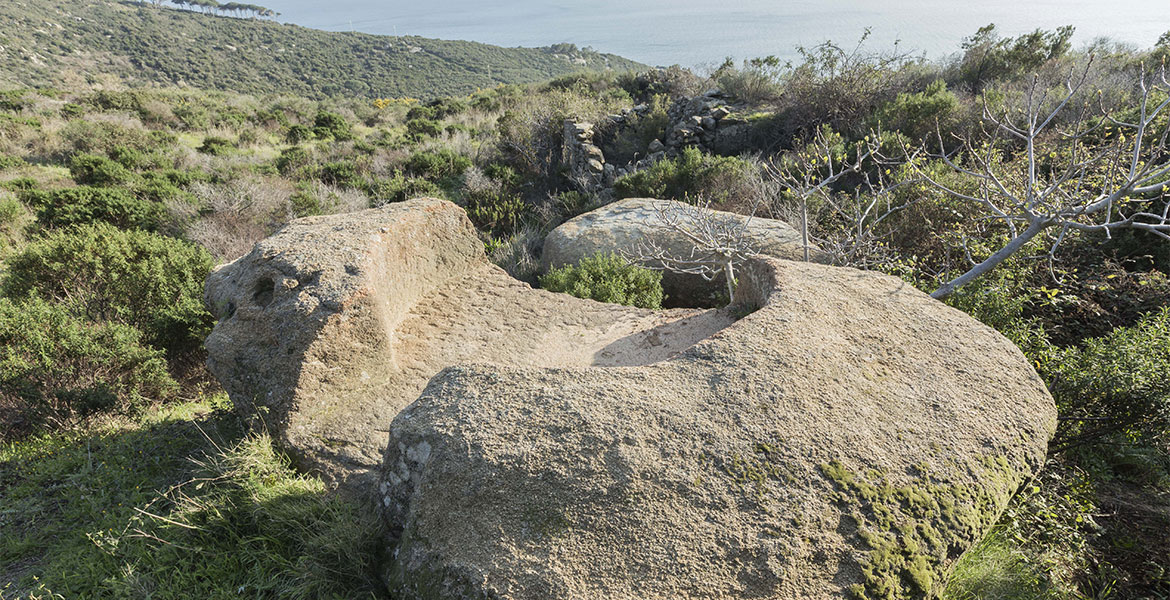
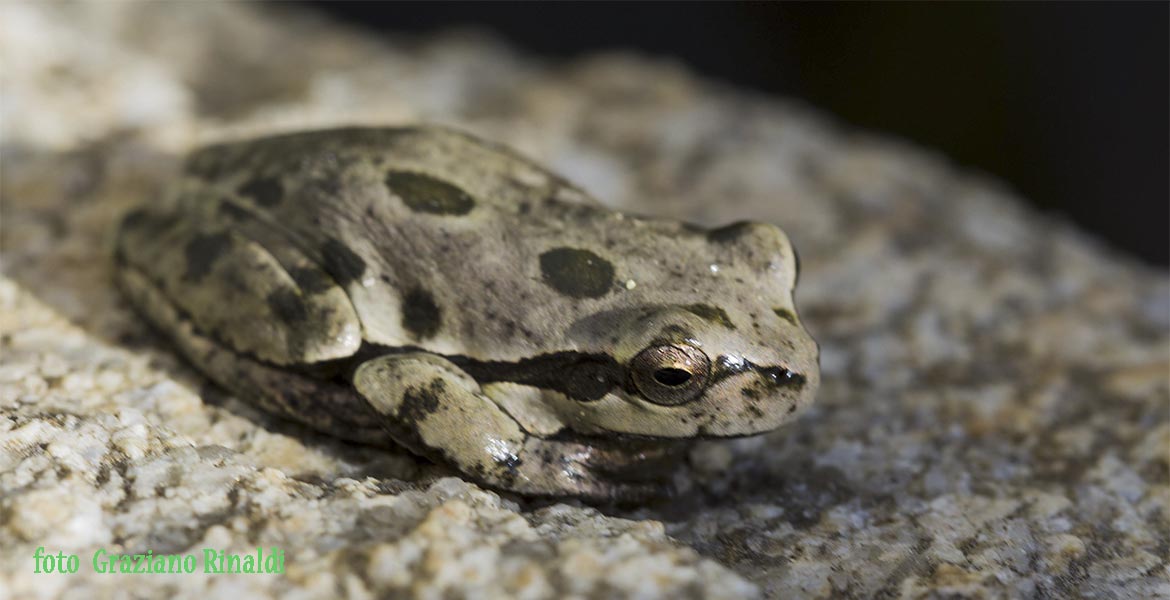
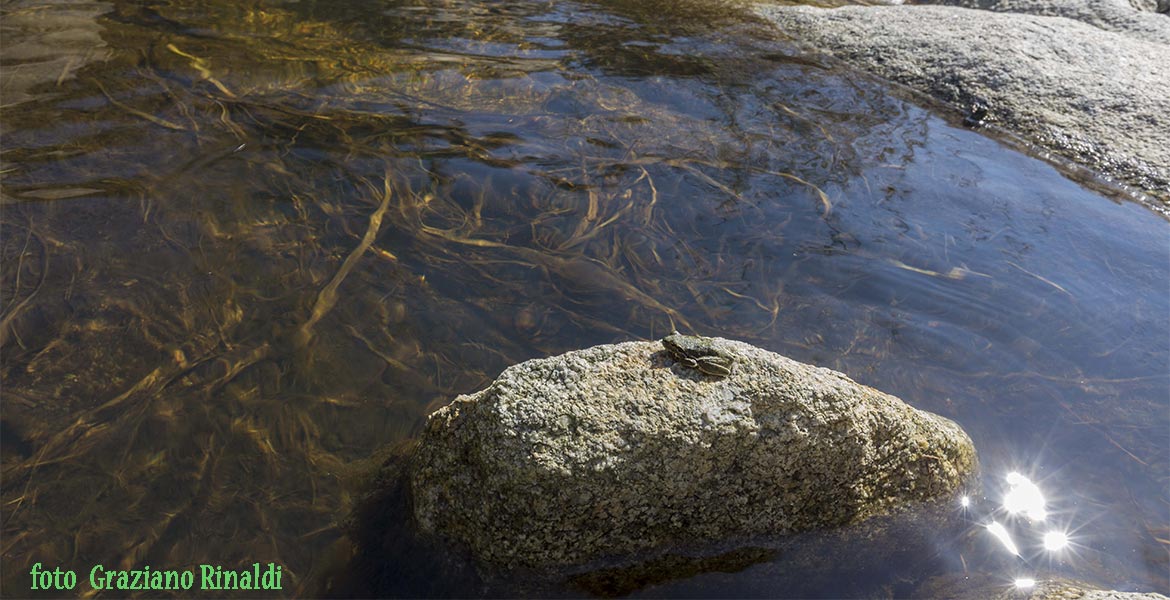
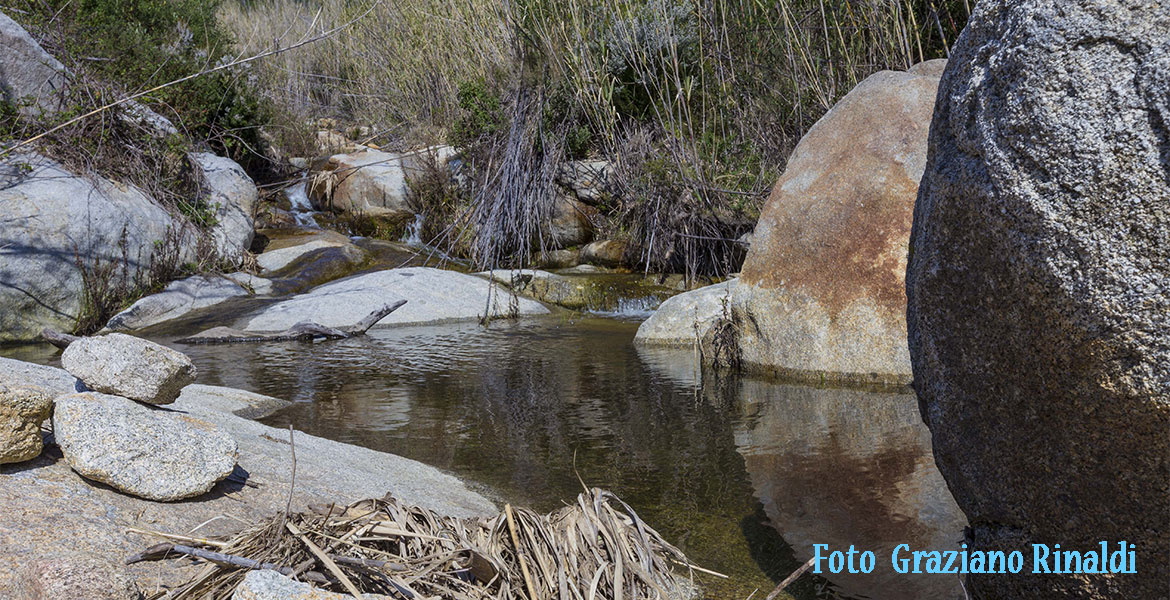
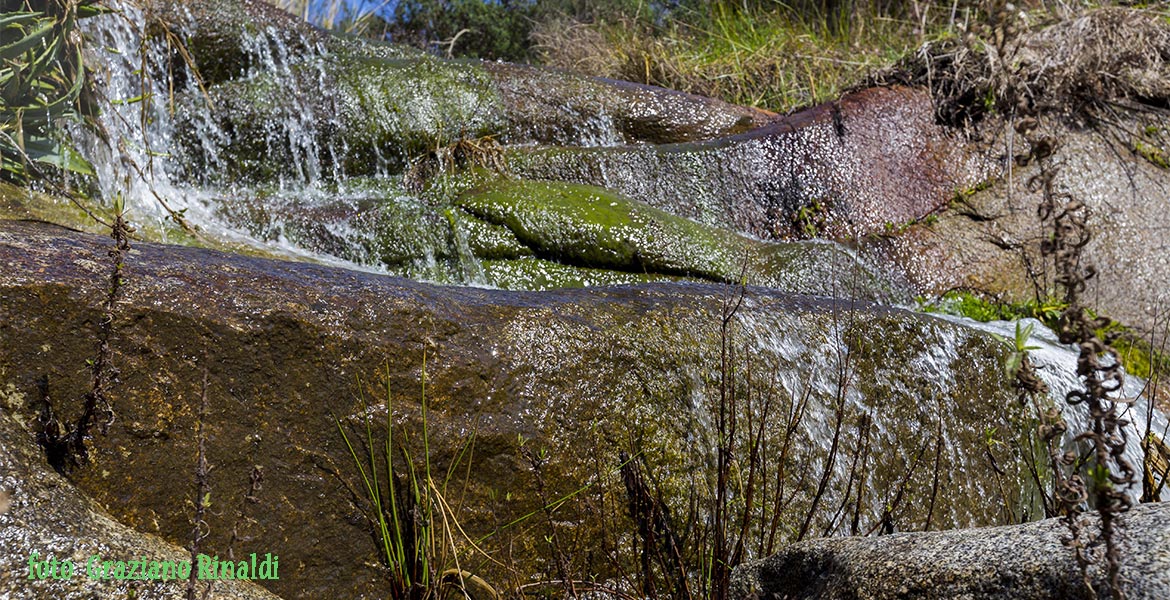
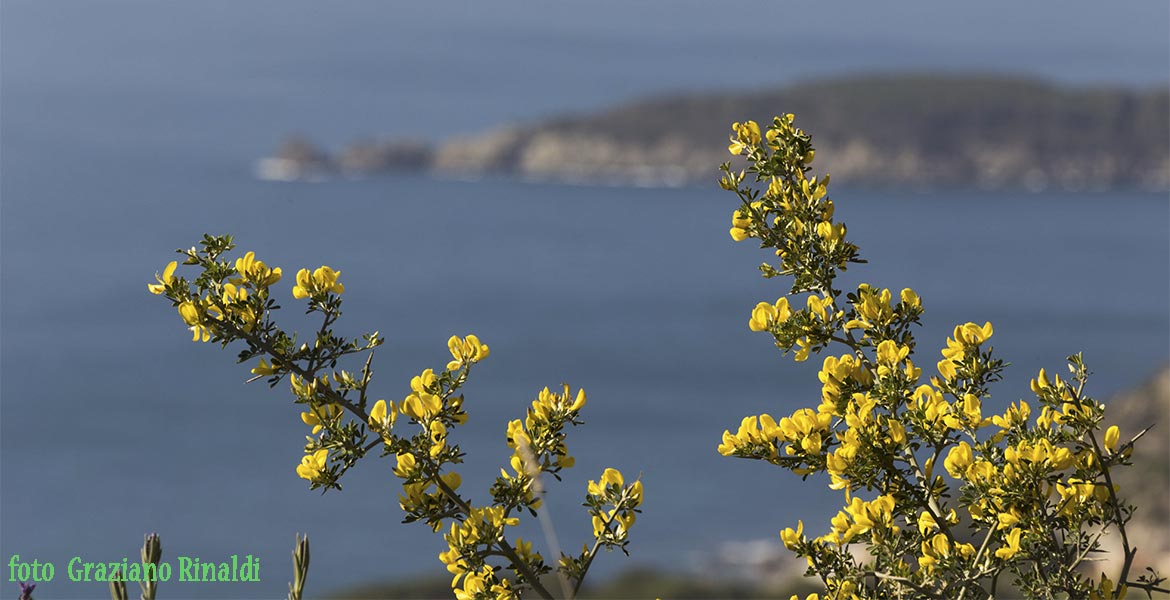


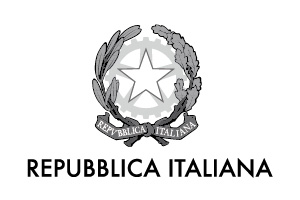

carpet cleaning in Anaheim says:
Simply desire to say your article is as amazing. The clarity in your post is just cool and i can assume you’re an expert on this subject.
Fine with your permission let me to grab your
feed to keep up to date with forthcoming post. Thanks a million and please continue the rewarding work.
cc4dbddd98ddfff62c61b164ef13bc63